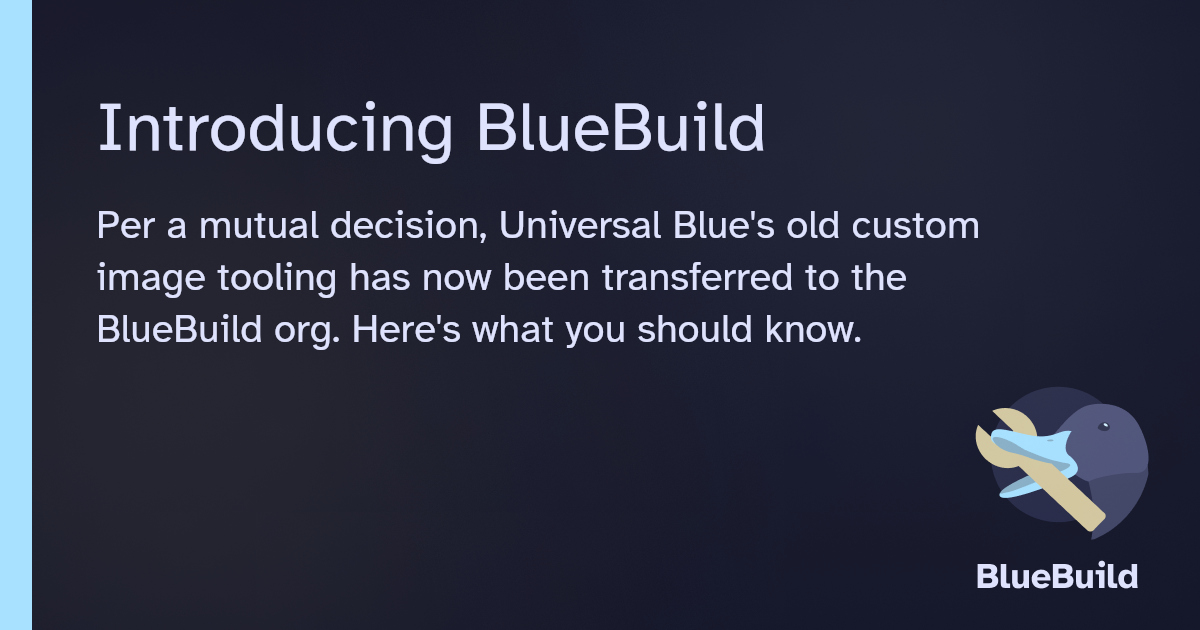

But then again some people use things like Homebrew and pacstall unironically so …
Thank you for mentioning this! Unfortunately a quick search on the internet didn’t yield any pointers. Would you mind elaborating upon the security problems of Homebrew(/Linuxbrew)? Thanks in advance 😊!

I am aware that Homebrew has become the go-to solution for installing CLI applications on Bluefin. Which is exactly why I feel compelled to ask the question in my previous comment.
Btw, I don’t really understand why you felt the need to share Jorge Castro’s blog post on Homebrew? AFAIK it doesn’t go over any security implications. Sharing the article would only make sense if Jorge Castro is regarded as some authority that’s known to be non-conforming when security is concerned. While I haven’t seen any security related major mishaps from him or the projects he works on, the search for the CLI-counterpart to Flatpak seemed to be primarily motivated by facilitating (what I’d refer to as) ‘old habits’; which is exactly what Homebrew allows. It’s worth noting that, during the aforementioned search process, they’ve made the deliberate choice to rely on Wolfi (which is known for upholding some excellent security standards) rather than Alpine (which -in all fairness- has also been utilized by Jorge for boxkit). IIRC, people working on uBlue and related projects have even contributed to upstream (read Distrobox) for patches related to Wolfi. So, there’s reason to believe that the uBlue team takes security seriously enough to work, contribute and deliver on more secure alternatives as long as it doesn’t come with a price to be paid by convenience. Which, in all fairness, is IMO exactly why Homebrew is used for in the first place (besides their recent utilization of technologies that have similarities to the ‘uBlue-way’ of doing things)…